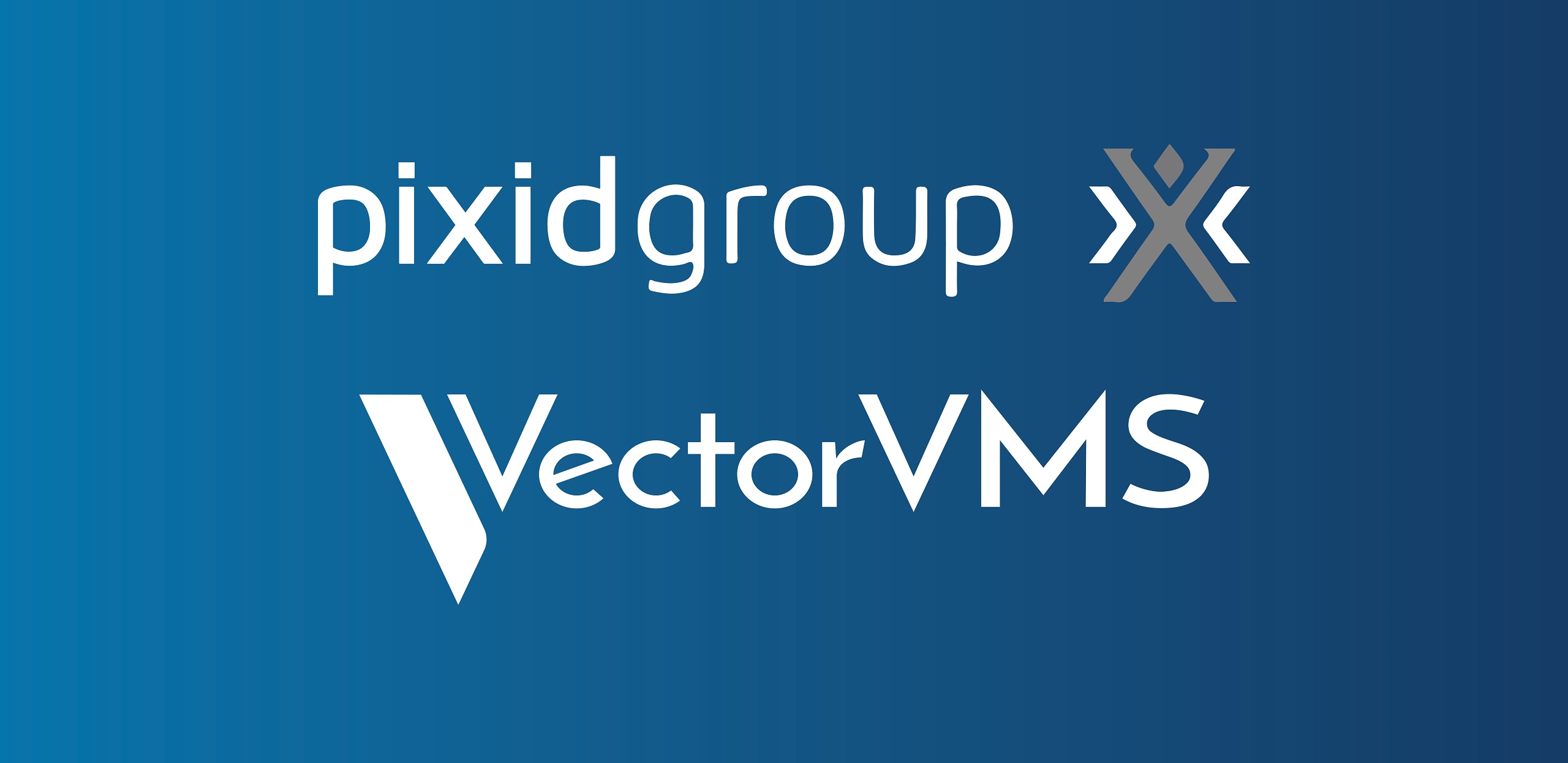Now that you’ve selected your Vendor Management System (VMS), it’s time to implement. A typical VMS implementation can take you anywhere from three weeks to 12 weeks (and sometimes more). This depends on the scope of the project, the amount of configuration required, and most importantly, how well your organization prepares and communicates throughout the process.
Much like creating a successful path in life, a successful vendor management system implementation requires an understanding of what you want and where you want to go. You will then need to make a plan to reach your goal. While no two implementations are the same and there are numerous keys to succeeding, in this article we will focus on five fundamental principles for a successful VMS implementation.
1. Defined End-to-End Processes
A productive discovery session is crucial to gather and understand what your current business requirements are. While we all follow some form of flow from requisition to payment, there are many different paths we can take. For example, some people require requisition approvals while others only require approval once the worker has been selected. Key items are uncovered throughout your discovery sessions.
The most productive discovery sessions are:
- Conducted on-site.
- Spread over the course of two business days.
- Segmented into the critical topics.
TIP: Breaking out topics makes it so resources only have to attend subjects that are pertinent to their role
Although onsite discovery is preferable, remote sessions can also work. Regardless of the session type, spread them over several days to get optimal results while keeping the audience engaged. The ultimate goal of the discovery phase is to take a deep dive into what exists today, and subsequently, what it will take to get to the desired state.
Also read: ‘First Citizens Bank Gains Visibility into Growing Contingent Workforce’ [case study]
2. Full Client Participation
Subject matter experts from each representative business unit should be engaged throughout the full cycle of the implementation. A VMS implementation is often characterized as a journey into the unknown. Identifying the optimal solution requires the best resources to reap the maximum reward. When you don’t have each business group accurately represented, you’re setting yourself up for not only faulty processes but longer implementation times.
For example, let’s say a member from accounting is added during the middle/end of an implementation. While you may think you know their process, you won’t get the complete picture for accounting and invoicing during the discovery phase. This can (and most of the time, will) result in the total reconfiguration of financial data within your VMS. Failure to include the entire team not only wastes time but will likely lead to disaster.
This isn’t to say that every member needs to be in every session. Using our tip from above to segment out your discovery and configuration sessions allows you to get everyone’s perspectives from the jump— without draining vast quantities of their time.
You might also like… ‘13 Questions to Get the Most Out of a Vendor Management System Demo’
3. Clear and Continuous Communication
Communication is vital throughout the implementation, both for keeping the team up to date and for winning the support of key stakeholders. When implementing a VMS, it’s important to regularly discuss any potential risks in the project and then have a plan to mitigate those risks. Conduct weekly meetings with the core project team to discuss:
- Completed milestones.
- Upcoming items.
- Potential risks to the project plan.
You should also hold ad-hoc meetings to dive deeper into the functionality you wish to include. These weekly and ad-hoc meetings align the team and clearly define each user’s responsibilities, such as data gathering requirements, and will help you meet the targeted go-live date.
Regular communication allows you to control the scope of the project without letting it control you. Not only should you be communicating with key stakeholders, but you should also be communicating with the impacted user groups throughout the implementation to introduce the upcoming change. This is crucial to ensuring efficient change management.
Also read: ‘Creating a Business Case for a Vendor Management System’ [Infographic]
4. User Acceptance Testing (UAT) & Sign-Off
One of the most important activities during a VMS implementation is testing. You wouldn’t buy a car that you didn’t test drive, so would you really want to implement a VMS that you didn’t test?
Initially, the key stakeholders should be involved in rigorous testing prior to engaging the additional user groups for user acceptance testing. This group defined the requirements during discovery and tweaked them throughout the configuration process, so you want to make sure that the vendor management system accurately matches their expectations.
UAT is vital as it should demonstrate that the required business functions are operating as designed when applied to real-life circumstances and usage. Once the stakeholders have validated that the implementation meets their requirements, it should be tested by day-to-day users as well. Configuration changes are much easier in testing so you shouldn’t wait to find out after go-live that the tool doesn’t meet the needs of your heavy users.
More from the blog: ‘Unify Your Workforce: 5 Tips to Help HR and Procurement Get Aligned’
5. Effective Training for All User Groups
The more confident a user feels, the more likely they are to use the tool, ensuring maximum efficiency right from the start. Training can include remote, on-site and pre-recorded sessions. Typically there will be multiple different user groups with different needs, all of which require training:
- Admin Users need to learn the configuration and the source data to keep it maintained throughout the life of the program.
- Client-End Users need to understand how to request a contractor, review submitted candidates, engage the most qualified resource, and then manage time and expense sheets for invoicing.
- Vendor Users will require working knowledge of the software to submit qualified talent and manage time throughout their contract.
Implementation Success
A smooth VMS implementation lays the groundwork for a successful vendor management program. One of the biggest reasons new software fails isn’t because of the system itself, but because of low user adoption rates. Make sure the implementation is aligned with your business needs by having a thorough discovery to ensure quicker time to ROI.
Communicate continuously with everyone involved. Test often and thoroughly, and make sure everyone involved gets the right training. These five key elements will not only make your VMS more effective but drive change management along the way. Remember: A new system won’t work if no one uses it.
Need help with your VMS implementation? Get in touch to talk to an expert or request a product demo.
 Meet the Expert
Meet the Expert
Debbie Owens – Manager, VMS Services
Debbie oversees VMS services for our clients at VectorVMS. She brought significant experience from the staffing and MSP industries before landing in the VMS software space in 2014. At VectorVMS, Debbie began as an account manager before transitioning into implementations, conducting project management and function consulting to ensure a strong VMS foundation for our clients. Debbie’s energetic, client-centric focus makes her a fantastic resource for clients just starting out with VectorVMS! Connect with her on LinkedIn.



